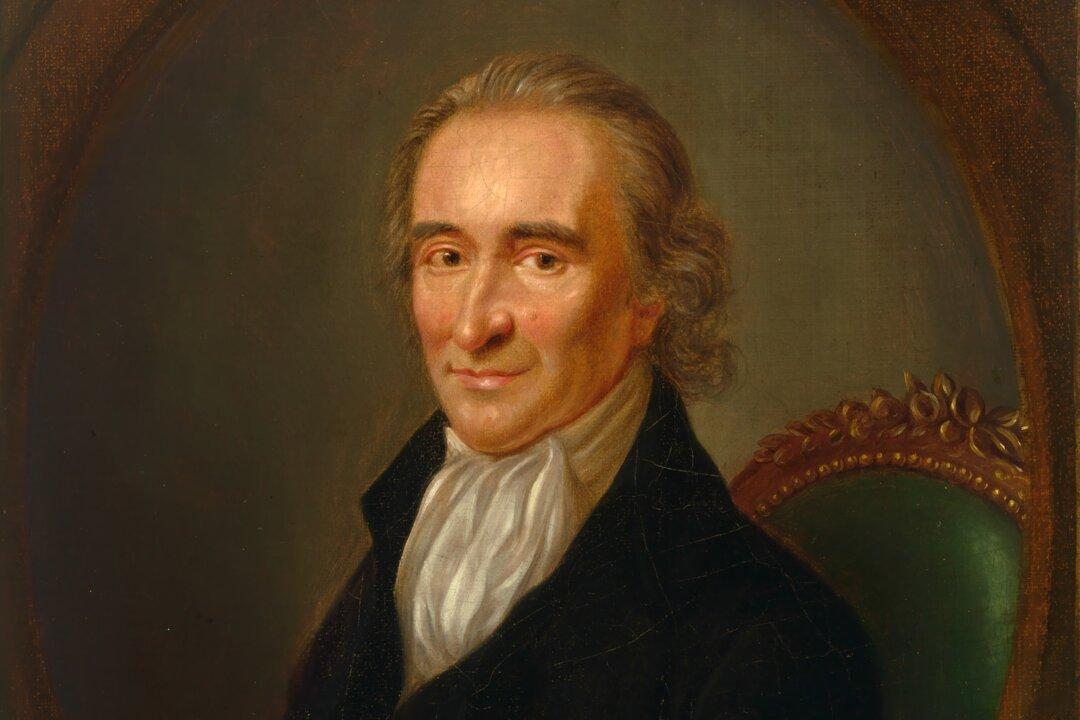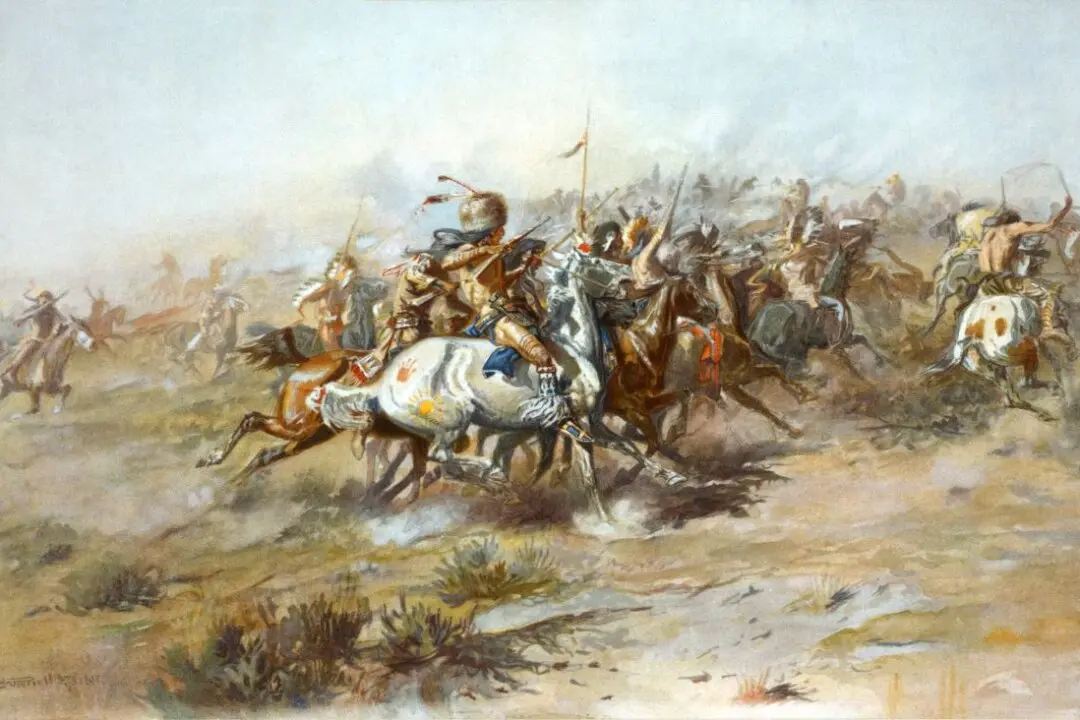Thomas Paine, the author of the 1776 pamphlets “The American Crisis” and “Common Sense” that helped motivate the colonists to continue the fight for independence, found himself in prison for treason. He was not held in an American or British prison, but rather a French prison in Paris.
Paine was not known to be reserved in his thoughts, readily jotting them down and publishing them, much to the chagrin of those in power. The prolific and radical republican writer had hardly settled on the shores of America before he began advocating separation from the British monarchy during the American Revolution.






